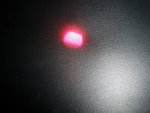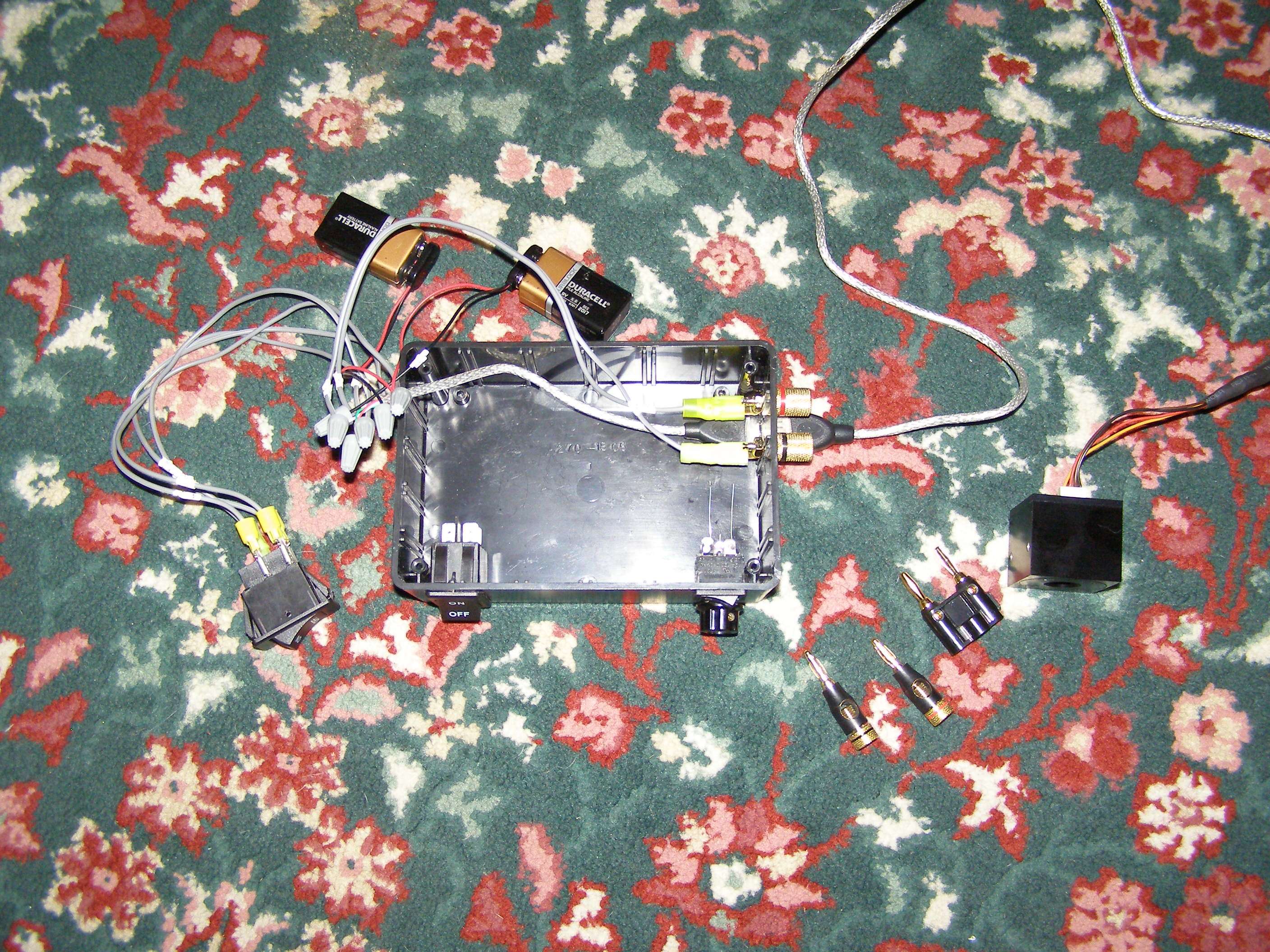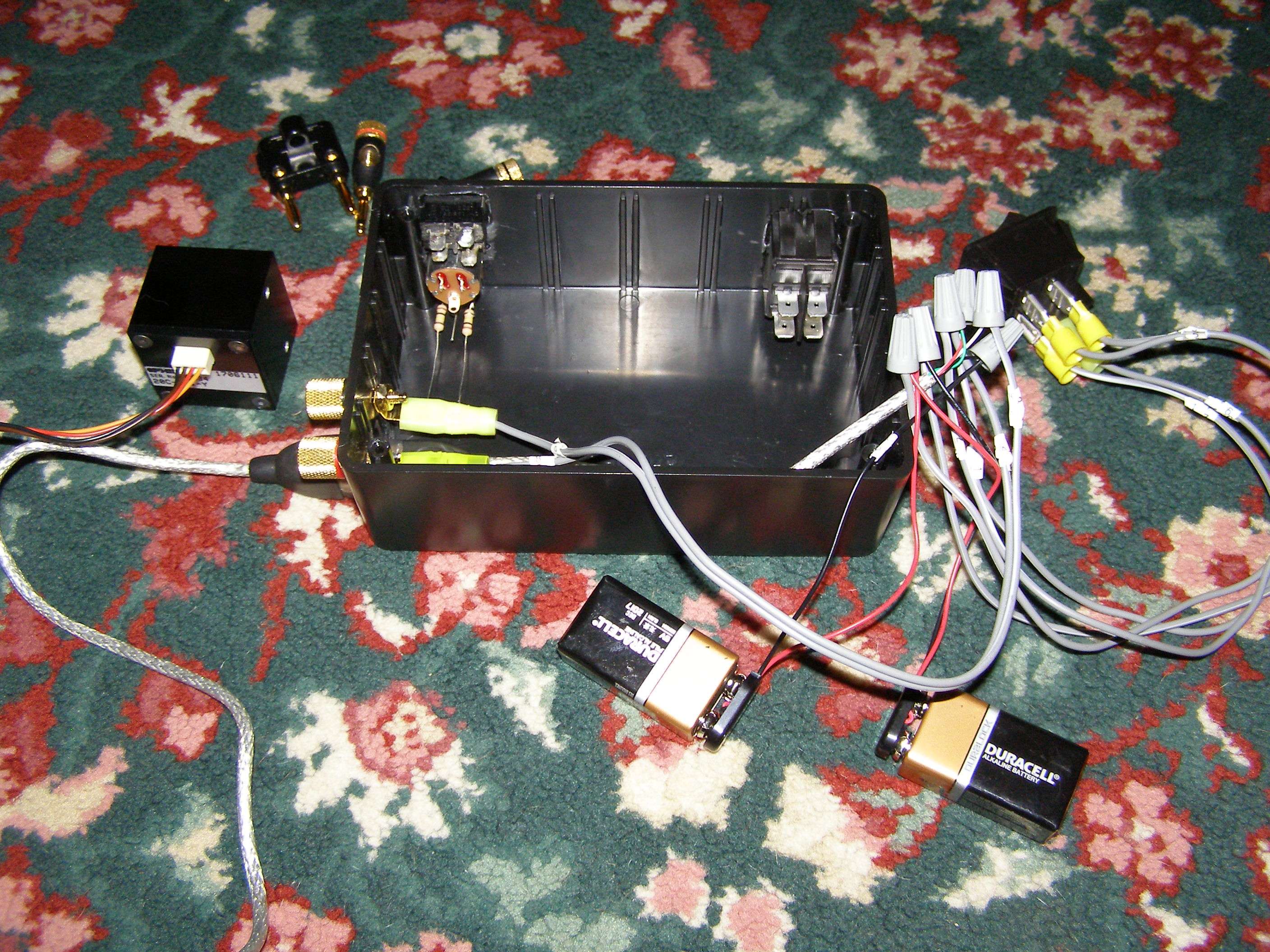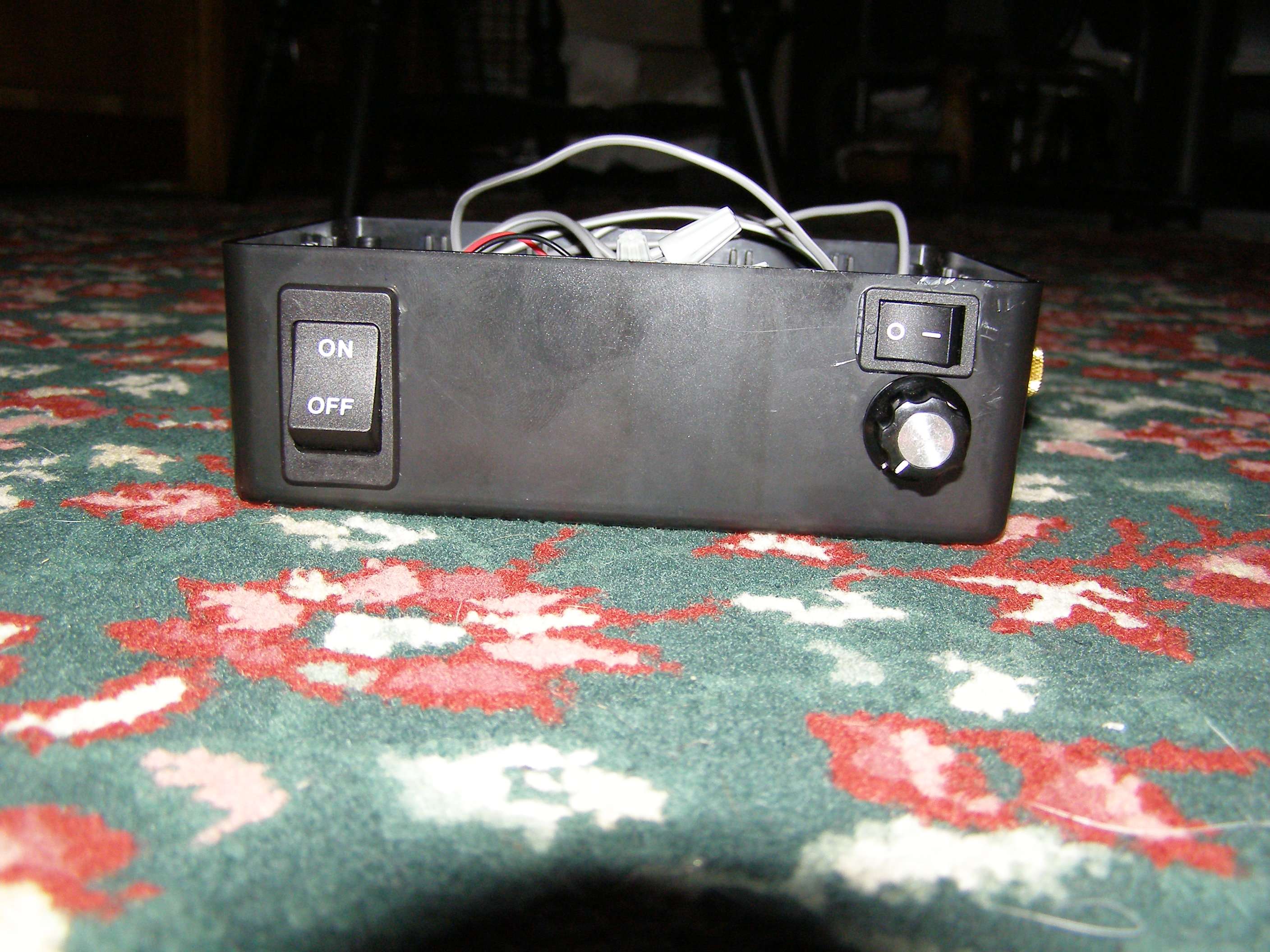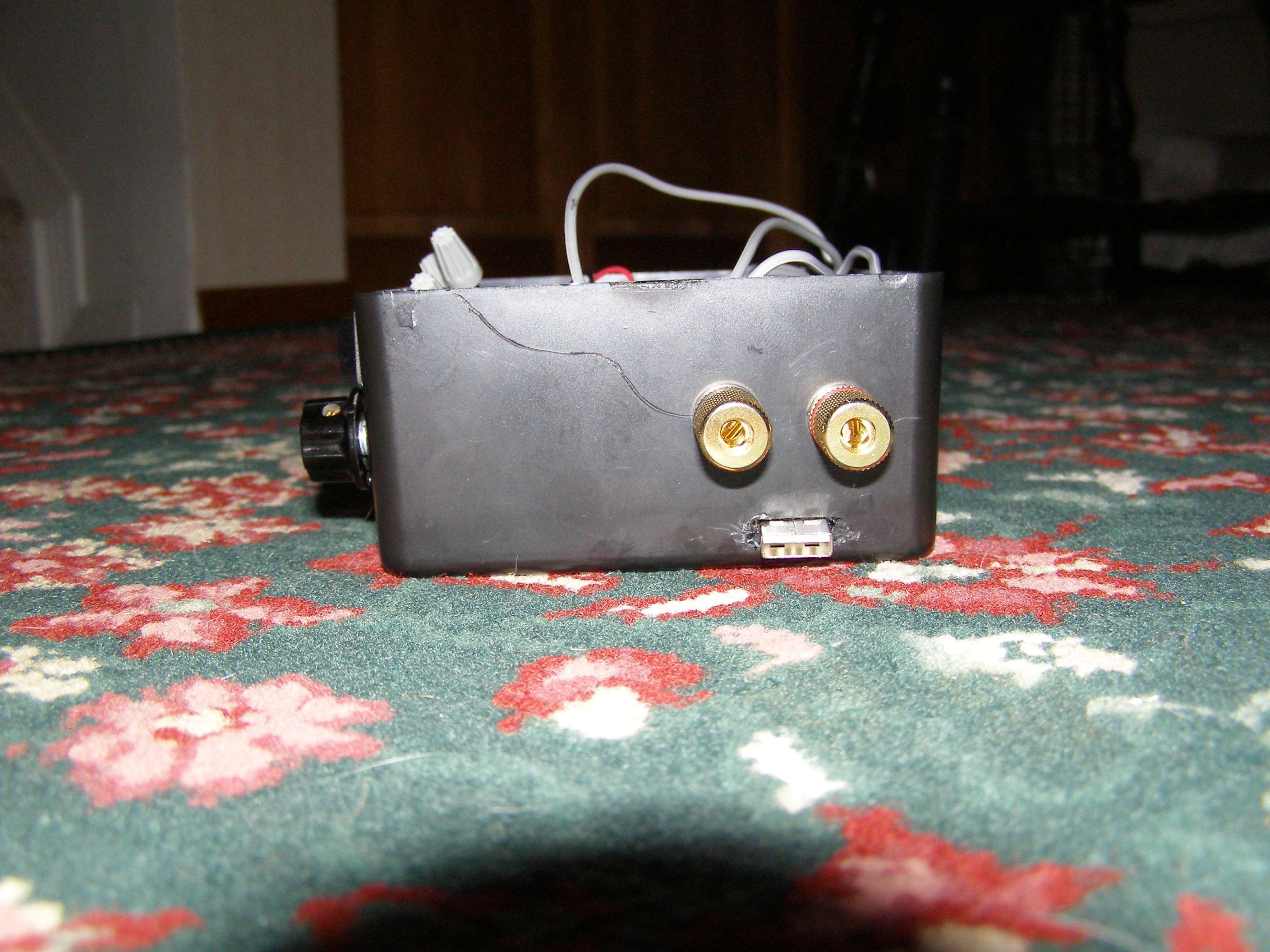Those are some beautiful pics Brucemir:gj:
K, Ophir stuff.
I have little doubt that an Opher head can handle some pretty good W's for a short period of time. No idea what this would amount to.
Looking back thru other posts what I saw was that the units were called 5W once a display was found to read that high. The units are rated for 4W. This may sound picky to some. From what I've been able to piece together, the voltage supplied to the head along with the heatsinking is what determines the potential reading. However, just because my speedometer says 160mph doesn't mean the car can go that fast

If I use my Fluke 87V, I could call it a 20W even though it has no additional heatsinking (range is .01mv to 1000V DC with a .03% to .1% accuracy depending upon range). In comparison, my least expensive Fluke (model 110) resolution is 1mv to 6V at .7% to 1% accuracy.
Can't seem to find any real world testing or data concerning what kind of duty cycle the unit can handle. Are the ratings for continuous power? If they are, you could certainly test alot higher than 5W without any issues for a short duration.
Ran a quick test with (2) 9volt cells reading 9.77/9.76V. Had a slightly fluctuating 3.7-4.1mv reading no load. Tested a very steady unit at 65.1mw for 5 seconds. Tested again changing one cell out with a an 8.42V cell and read 4.1-4.4mv no load and got a slightly higher 68.2 reading. So with a 1.34V inbalance the reading changed 5%.
Readings were taken quickly with 1 minute cooldown on laser. Testing is subjective. Only ran the test once.
No plans to test with a bigger imbalance as I'm not interested in potentially frying an ophir. Took a chance to begin with so I could have more to say than just posing questions for others to answer.
You need to be careful about reading too much into the quick test as variables can change quickly. Dealing with batteries in the laser and ophir. The Fluke 87V is quite accurate. Doubt the displays members are using have .03% accuracy up to 500mv. Nothing was moved during the testing.
Again, this information is for all of us. Would encourage comments/discussion on all of this. I'm just posting what I believe to be accurate information but I could be incorrect about things. Anyone with more information (especially anything published by the manufaturer) is MOST welcome. I'm a technician by trade and despise geussing.
I only have one Variable DC regulated power supply (same one as Blord:wave

so I don't have 3 decently stable power supplies (2 for ophir and one for laser) although I could certainly "rig" something up. Not worth it to me at this time.
Haven't decided yet on actual mounting or anything for the ophir pieces/parts. Have an older original Fluke 87 that I changed the backlighting in from green to white leds and it's possible I may just use it (.1mv +- .1%). Got it brand new sealed in box at a yard sale that our entire neighborhood does once a year a couple years ago fro $10

:takeit: I believe the lady who was selling it lost her husband or something and was just getting rid of some things. Snatched it up immediately and didn't ask for a lower price:crackup: Cost me almost 3x as much to purchase a white led background display:yh: The 87 version 3s initially came with a green background but at some point it was changed to the white.
Don't want to run double 9v in series on each + - because a new cell is closer to 9.7v and lithiums are almost 10v. It was mentioned to me that + - 12v should be good for about 10Watts.
Not sure back when Jerry posted about the 20C head why he said it can go to 5W max with heatsinking. There's a note (a) reference under Maximum power that says "With analog "A" version, maximum power is also limited by maximum output voltage where output voltage is at most 2V less than input voltage"
I was informed (not by Jerry) that the maximum reading is limited to supplyu voltage -< 2 vdc, so if you power it from +/- 12 vdc it'll top out at about 10W (10 vdc analog output). Believe that this should mean that at 18v max input voltage you would actually get a max of 16W or 16V DC on analog output. So, this would mean that the actual max output for the 20C head is 16W . Again, could be wrong but this is how I'm interpreting it. If you only supplied the minimum 5v to the head what would you be able to read to? Looks like 3W.




